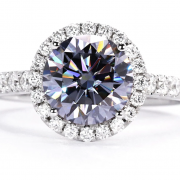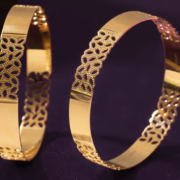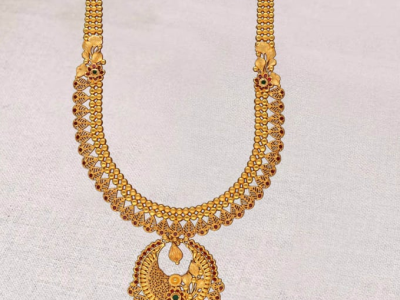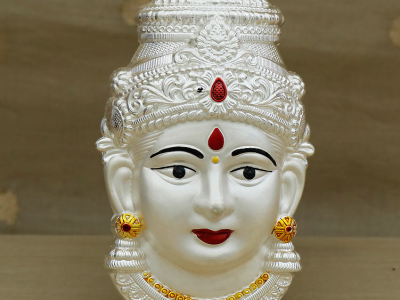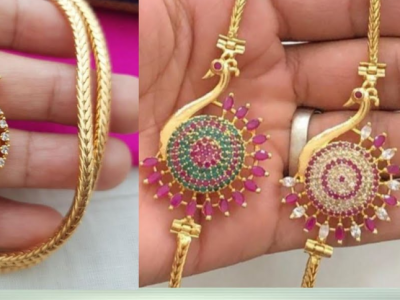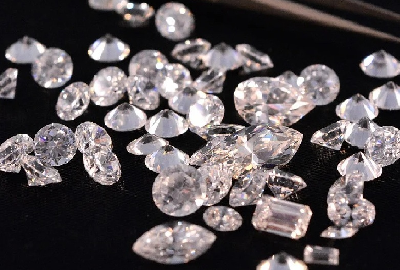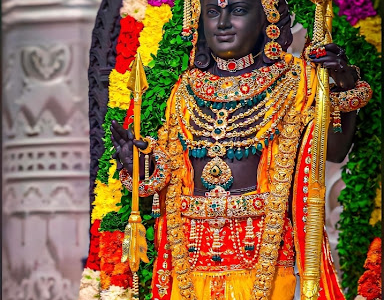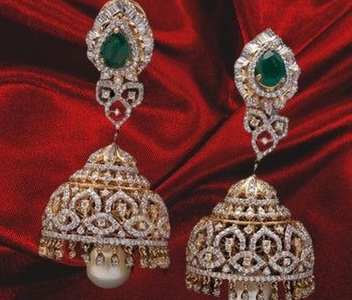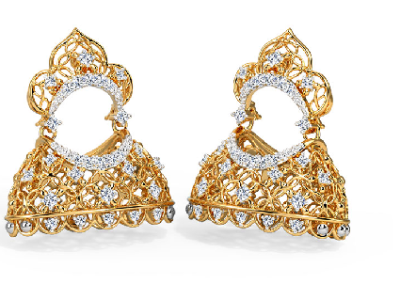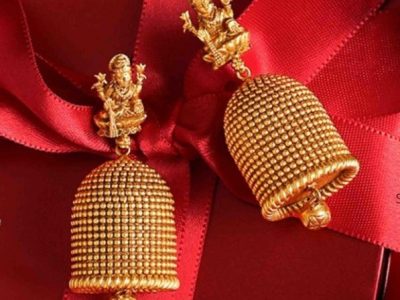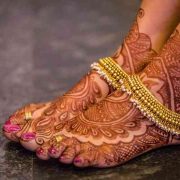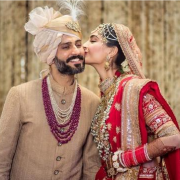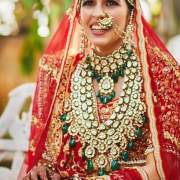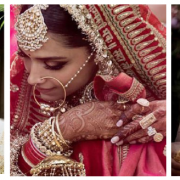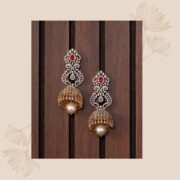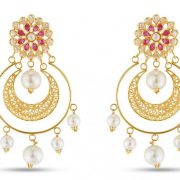About Ruby
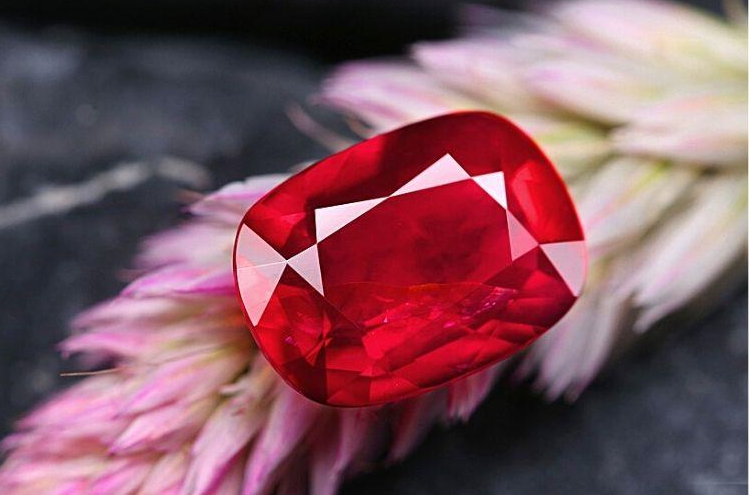
Ruby is one of precious gemstones, which is pinkish red or blood-red in color and a variety of the mineral corundum, aluminium oxide. The name Ruby comes from Latin word Ruber, which means Red. The color red is due to the element chromium. They are one of the cardinal gems used in traditional jewelery making. Rubies have a hardness of 9 on the Mohs’ scale, making them hard gemstones. In fact, they only fall behind the diamond, which scores a perfect 10.
Ruby Color
The quality of ruby, just like diamonds is determined by its color, carat, clarity & cut. The hue, saturation & tone are important factors to determine ruby color. Ruby with red hue is considered to be ideal. There can be other hues of purple or orange, which are not considered ideal. Saturation refers to the extent to which the hue is masked by brown or gray, and also gives ruby its color purity. The color saturation categories include vivid, strong, fair, medium, and weak. The highest quality rubies always have vivid color saturation. Tone refers to how much color is in a ruby gemstone. Its ranges include very dark, dark, medium, light, very light. A medium tone is ideal for rubies. In short, the most valuable or expensive rubies have a blood red or pigeon blood color.
Ruby Clarity

The clarity grading is quiet similar to diamonds. Rubies with VVS1 and VS1 are considered to be of highest qualities after IF, which is quiet rare. Inclusions refer to the natural characteristics that are found inside the stone like crystals, needles, silk, cracks, twinning, parting and halos.
Ruby Carat
A ruby’s weight is expressed in terms of carat (Abbreviated as ct.). Rubies price increases with carat weight. Because rubies have a high specific gravity, a one-carat ruby will appear smaller than a one-carat diamond.

Ruby Cut
Cut refers to the faceting style or shape of a finished gemstone. Rubies cut are actually customized, since rubies change their color at different angles from which they are viewed. Ruby lovers usually prefer a purplish red color to an orangy red color, so rubies are generally cut so that the preferred color is visible through the crown of the stone.
Natural vs Synthetic Ruby
Natural Rubies are mined and available in nature in its natural form, which in turn takes millions of years to form. Synthetic rubies on the other hand are human made and formed in labs with the same chemical composition as that of natural rubies.

Ruby Imitators
While its clear that natural rubies occur in nature, while synthetic are lab-made, there are other red gems that look similar to rubies but are actually not due to different chemical & physical composition. Such red gemstones are known as Ruby Imitators.
Some common examples of ruby imitators are:
- Garnet-Though garnets look good in jewellery, they are less stronger and weigh around 6.5-7.5 on Mohs scale. Also they differ from rubies in color. While rubies’ color vary between purplish red, orangish red to blood red, garnet stones have tinge of burgundy color.
- Red colored glass – These are cheap alternatives for rubies & are less vibrant and less durable.
- Ruby composite– They are combined using glass & low quality rubies, which make them look like rubies.
- Tourmaline– Tourmaline is a gemstone with dark red color made of crystal silicates and used as easy and affordable option for rubies.
Ways To Tell If Ruby Is Real
While the difference between the three ruby categories are already described above, its important to know how to check if the ruby that you are looking for is real or not. Here are few ways to authenticate a Ruby!

- Color, Radiance and Glow: The color of real ruby is actually brilliant and have deep hue that makes these gems bright when compared to other imitation rubies.
- Check for minor flaws: Natural rubies are not flawless. There can be very very slight inclusions that might be visible under a microscope. If you find that your ruby is flawless, then you might have a fake one! Also, note that these flaws are not visible to a naked eye, hence you need a professional to get them checked.
- Do the Glass Comparison Test: Glass is not a hard stone. They can be easily recognized by their texture and brittleness.
- Do the scratch test: Rubies are hard enough to get scratched easily. They weigh 9 on Mohs scale, which proves that they are strong enough. In case you see your ruby getting easily scratched by a key, chain or any similar metal, then definitely you don’t own a real ruby!
- Do the Rub Test: Rub your stone on a glass and if you see your stone leaving color on the surface, then its could be an imitator.
- Check for the price: Rubies are expensive gemstones. So if you happen to get something cheaper, then they could be fake ones. While synthetic rubies are 20% less priced than real, imitators are very cheap and could be almost as less as 90% of the real gemstone.
- Ask a professional gemologist: Without a certified professional, its highly impossible to check the genuineness of the gemstone, hence you have to get it checked with a gemologist before you conclude them as real!
You may be interested in : Adorable Heart Shaped Ruby Ring Designs

